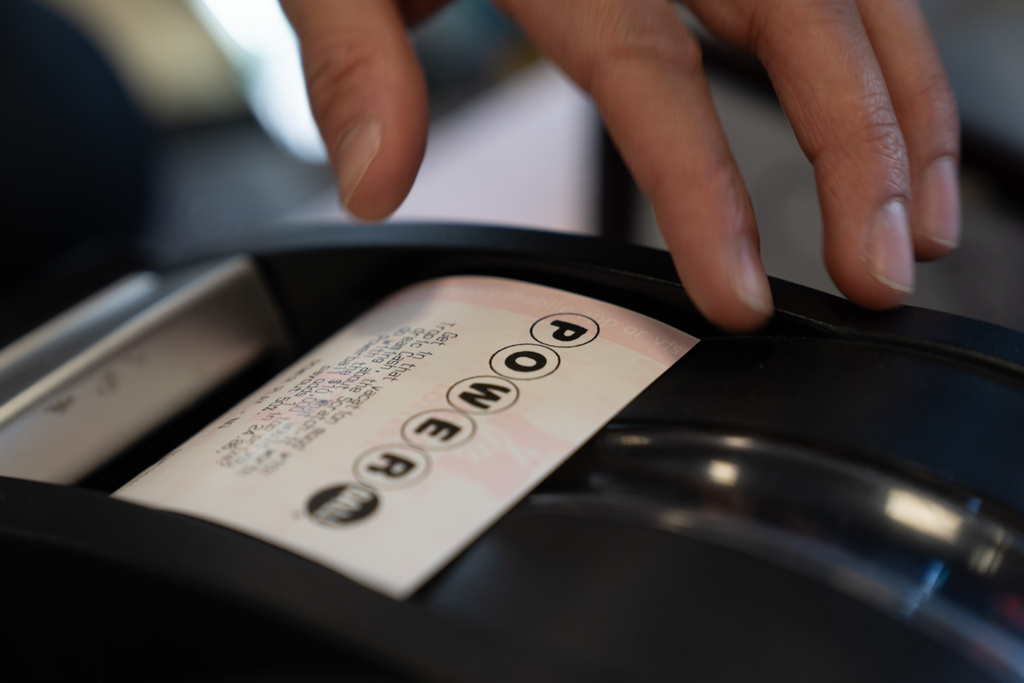Recalled lead-contaminated cinnamon applesauce pouches that potentially poisoned dozens of children in the U.S. also contained chromium, the Food and Drug Administration said Friday.
The FDA found chromium in samples of the product taken from the Austrofoods facility in Ecuador as part of its investigation into lead poisoning cases linked to the applesauce. The product was sold in the U.S. under the brands WanaBana, Weis and Schnucks.
Chromium is a naturally occurring element and in some forms, chromium (III), is considered an essential nutrient, the FDA said. But there are other forms of the element that can be toxic to humans, and due to “limitations in available testing methods,” the FDA said it was not able to definitively determine the form of chromium discovered in the cinnamon apple puree sample.
The health effects of eating food contaminated with chromium are not well understood, according to the FDA. Some people might not experience any symptoms, while others may have abdominal pain, nausea, vomiting, diarrhea, anemia, or renal and hepatic dysfunction.
People who ate the recalled product should let their health care provider know about the possible chromium exposure.
The FDA also conducted testing for arsenic and cadmium, but those elements were not detected above trace levels in the cinnamon collected from the facility.
The level of lead found in the cinnamon that was used in recalled applesauce pouches was more than 2,000 times higher than the amount proposed as an international limit, the FDA said in December.
The agency has been investigating the source of the lead contamination since its initial safety alert about the cinnamon applesauce pouches in October.
While the investigation is ongoing, the FDA said its hands are somewhat tied since the company, Negasmart, that supplied the contaminated cinnamon to the maker of the applesauce pouches does not supply its product directly to the U.S.

Over 675,000 cans of baby formula recalled due to possible bacteria
Certain batches of Enfamil brand allergy formulas may have come into contact with a dangerous bacteria that can cause sepsis.










